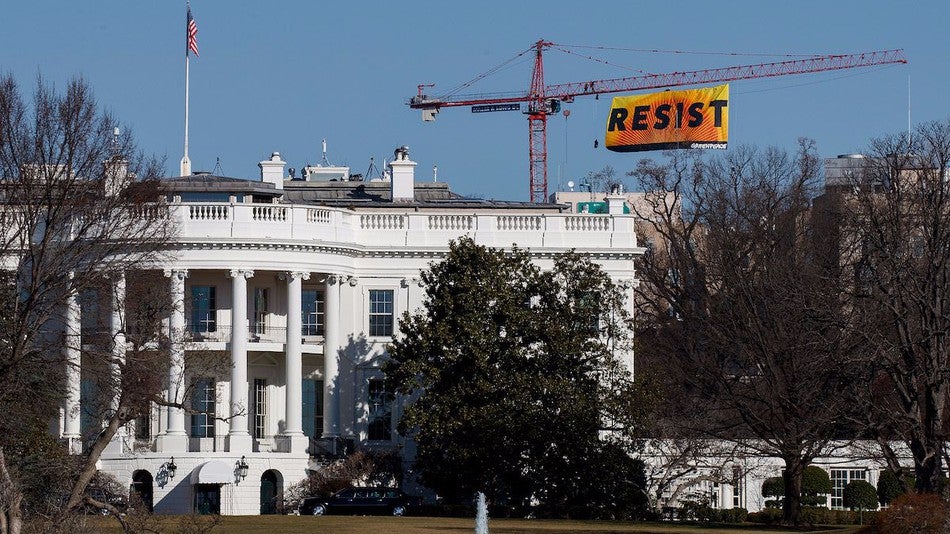WCP: Classing the Resistance
Posted in Visiting Scholars | Tagged Donald Trump, Economic Justice, Jack Metzgar, John Russo, Resist, Resistance Movement, Sherry Linkon, Social Class, WCP, Working-Class Perspectives
The resistance movement of 2017 has inspired mass mobilization across the country, but it has not yet emphasized social class or economic justice. In this week’s Working-Class Perspective, Sherry Linkon and John Russo make the case that addressing the economic anxieties of both working-class and middle-class voters will be vital to defending against the Trump agenda.
“Many assume — wrongly — that white working-class voters made a sudden sharp turn to the right last year, but that shift began decades ago, and white working-class voters have long favored the Republicans. Working-class voters’ doubts about the Democratic Party’s commitment to economic justice has a long history, dating back at least to Bill Clinton’s support for NAFTA, welfare reform, and the war on drugs. Under Obama, and in part because of his role as the nation’s first black president, the party has focused on building a coalition focused on social justice. We applaud efforts to build support for gay marriage and transgender rights, to end mass incarceration and police violence, and to support immigrants and refugees. These should be central to Democratic politics. But so should economic justice.
We can’t ignore the appeal of populist, economically-focused politics (on both the right and the left, both Trump and Sanders). As Frank Rich wrote recently in New York magazine, Democrats will probably never win support of the “silent majority” portion of the working class, people who moved to the right inspired by the Republicans’ southern strategy, which appealed to racial rather than class identities. But, as Jack Metzgar has explained, many white working-class voters could be drawn back to the left – maybe even enough to overcome Republican gerrymandering and undermining of voting rights.
Put simply, Democrats cannot win without more a forceful, strategic economic platform. As we have argued about the academic study of class, in political life we don’t have to choose between “diversity” and “labor” – even in reaching out to straight white men. The Party also needs to remember that economic anxieties are not limited to those who have been left behind by deindustrialization or the very partial recovery from the Great Recession. Many in the middle class share those anxieties, especially as they look to their children’s futures. After all, exit polls show that Trump won (albeit narrowly) in all of the higher income groups, from those earning $50,000 a year on up.
Democrats need to more directly address the real economic losses and anxieties of both the working class and the large segments of the middle class who feel vulnerable in today’s economy.”
Read the post in its entirety and check out other Working-Class Perspectives posts on our website.

